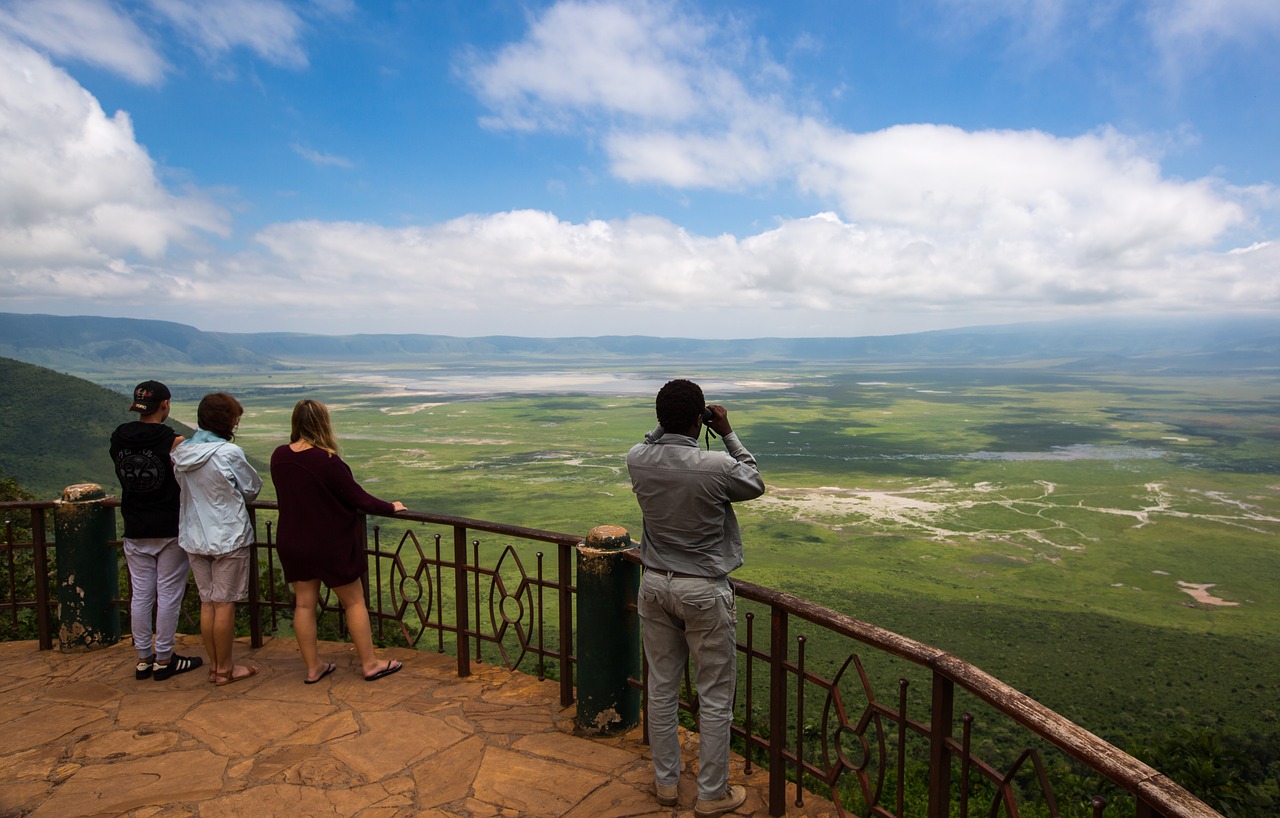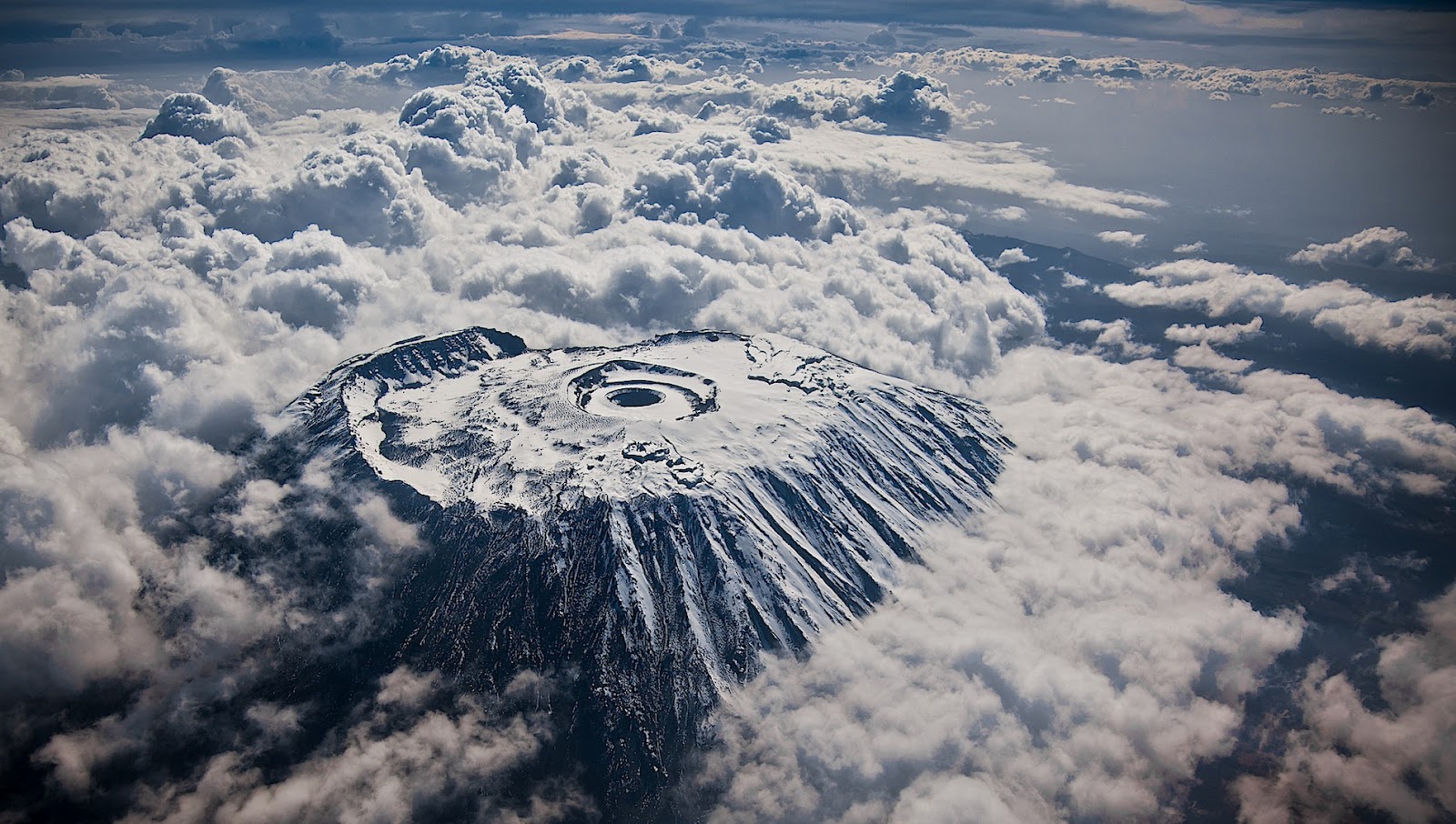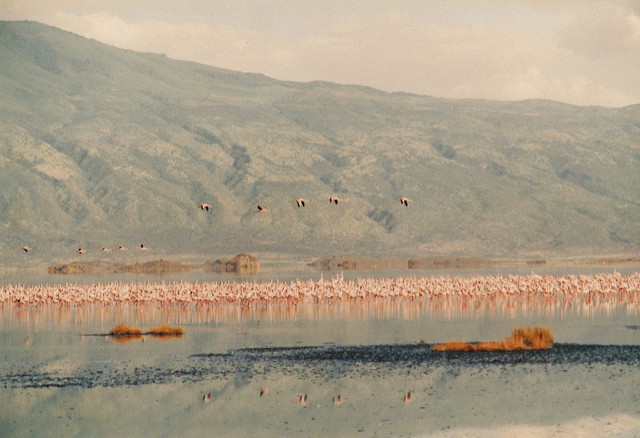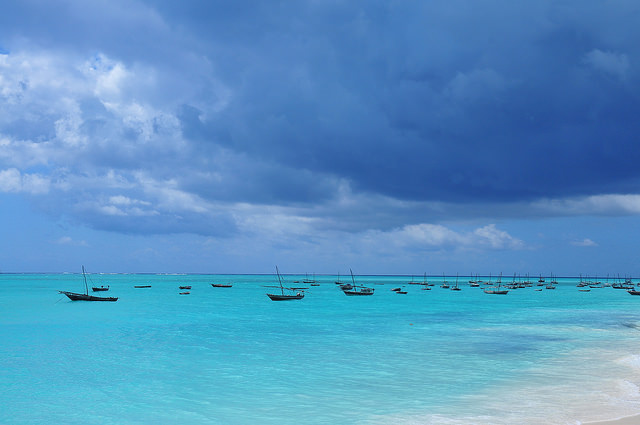Kilimanjaro is renowned as one of the toughest treks you can make up a mountain, so it serves to know several details that could not only ease your experience, but also potentially save your life whilst making the climb.
It’s generally not recommended that beginners go anywhere near Kilimanjaro – that they first get at least some experience climbing other, easier mountains. However, if your heart is absolutely set on the Tanzanian mountain, then here are some of the most important things that you will need to learn or understand:
You need to pack for the heat, and the cold
One of the biggest mistakes a beginner can make is ignoring the fact that as you go higher up the mountain, it will inevitably get colder – even in Africa, the world’s hottest continent. There is ice at the top, with temperatures ranging from -7 to -29 degrees Celsius (20 to -20 degrees Fahrenheit).
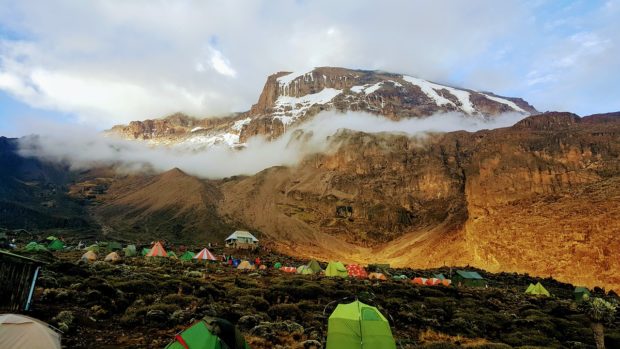
Such temperatures can be dangerous if you’re not prepared for them during the day, and can even be lethal at night. Hence, it’s important to pack both for the intense heat at the bottom, and the searing cold at the summit.
The altitude is your biggest problem
An interesting fact about Kilimanjaro is that more people have died of altitude sickness on the mountain than of anything else. The earliest symptoms of altitude sickness include loss of appetite, nausea, dizziness, and possibly palpitations, most notably headaches. If you find yourself with a mild headache whilst making the climb, make sure to let your guide know – such headaches may only get worse, rather than disappear on their own, eventually turning incredibly painful.
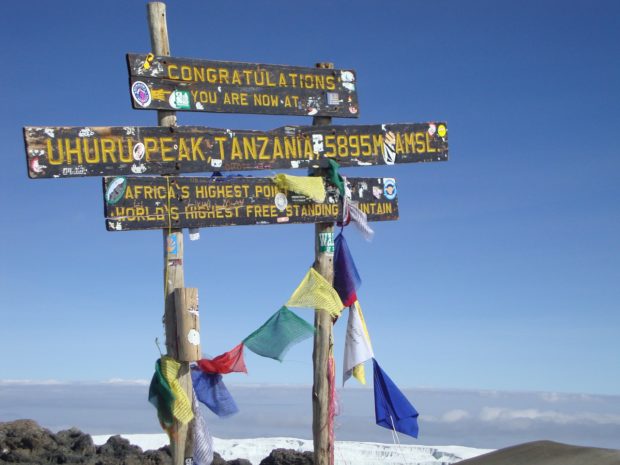
These symptoms may be worse if you have little-to-no experience climbing mountains, hence another reason why it’s best you try out other, easier climbs before taking a swing at Kilimanjaro!
If you experience any of the above symptoms whilst making the climb, and rather than improve they only seem to get worse, it’s important that you immediately begin descending. Especially if these symptoms turn into vomiting, vertigo and breathlessness.
You will be with a guided group
As mentioned prior, if anything dangerous or tricky occurs on the climb, you’ll have a guide along with you to inform. It’s illegal to climb Kilimanjaro by yourself, or without an experienced guide – and luckily enough, there are plenty of guides and agencies to choose from when deciding how you’d like to make the ascent. Climbing Kilimanjaro is one of the best recommended trekking companies. They meet KPAP’s guidelines and offer a variety of treks with qualified Mountain guides.
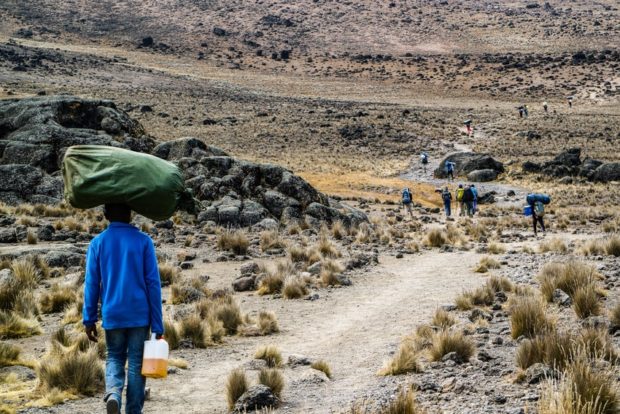
Different guide groups will have different prices, with different packages too. It’s strongly recommended that you look into what these packages offer, as both the routes taken and the travel times will always differ too.
Don’t cheap out on the guides
Preparing for the climb is expensive – but what’s more expensive is hiring out a guide. Kilimanjaro is no cheap affair, nor should it be made into one. The average price for a guided group that takes around 7 days of travel is between $2,000-$2,400. With such a high price range, you might be tempted to look for cheaper options up the mountain. This would be a severe mistake to make, and can be dangerous.
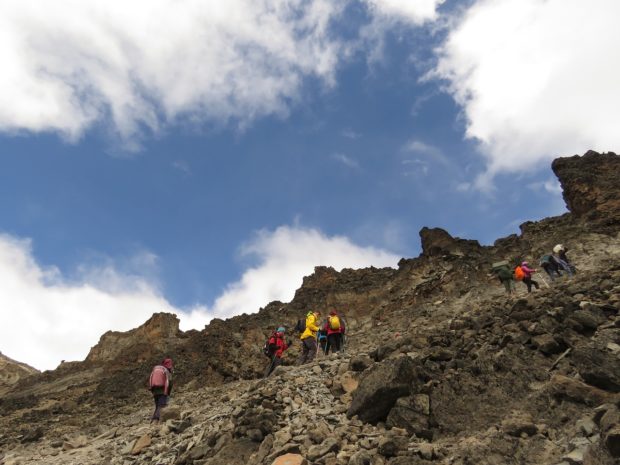
When deciding on your group, it’s best that you don’t choose one under $1,700. All of the money you put into it will go into both safety measures, emergency precautions, and basic comforts. Cutting corners isn’t recommended when climbing Kilimanjaro – take the best safety measures you can afford, or you may end up paying the price.
Packing the appropriate gear
Climbing Kilimanjaro means packing right. Knowing what to bring along can ease your journey greatly, and bringing along the unnecessary things can only bog you down and turn the trip from a great experience to a needless challenge.
First off, you should know what guides you’ll be travelling with, and thus know what equipment they will already have on hand for you. Some will pack food and water for the journey, but that doesn’t mean you shouldn’t bring your own bottle of water – at least two litres are recommended at the very minimum. You’ll be walking under the searing sun for a lot of the journey, so getting thirsty is expected. Dehydration will be your biggest enemy throughout the beginning of the journey.
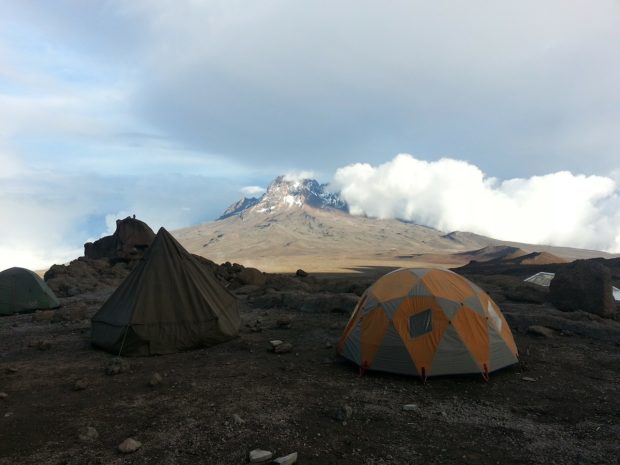
Toilet paper is another highly recommended thing to bring along. There will be outhouses on the journey up, but these are not likely to have paper inside. What’s more, we can’t quite control our call of nature – when we have to go, we have to go, so it’s a good idea to have toilet paper handy for when we do.
Weather changes fast and unexpectedly on the mountain
The weather will have an effect on the ease of your journey. It is important to remember that when on the mountain, you can’t predict the weather. The differing atmospheres will have their own climate zones, which means that the predicted weather patterns for Tanzania will not necessarily reflect the predicted weather patterns for the mountain. Pack expecting rain, and know what to expect – or in this case, what not to expect.
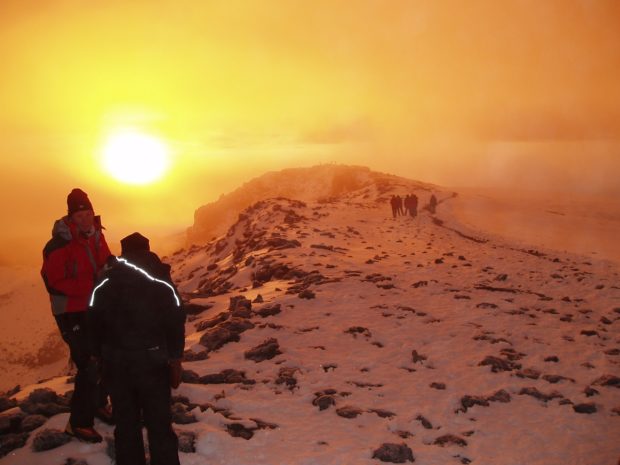
This is not time to break in your new shoes
Perhaps the biggest but most overlooked mistake that people make whilst climbing Kilimanjaro is in regards to their shoes. Buying yourself a nice new pair for the climb is a great idea, for sure, but it’s no time to break them in. You’ll be walking in these shoes for 7 days straight, and if they’re not broken in yet, this may lead to discomfort and possible blisters – and blisters will essentially assure you a terrible experience.
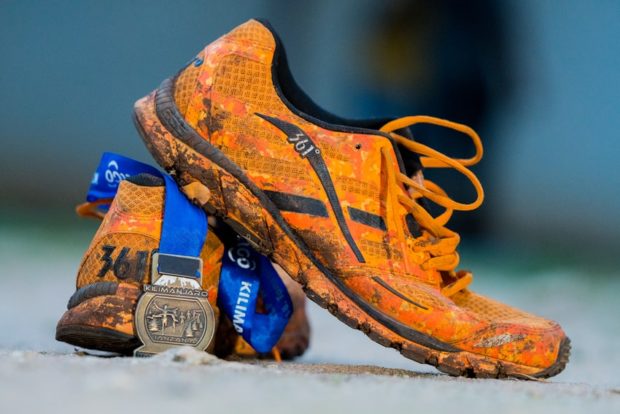
These are only some of the basics that anybody making the Kilimanjaro climb will need to know, but all of this information is still vital for making your trek both a safe and memorable one. Make sure to look into all of these tips, and you’ll find yourself with an unforgettable Kilimanjaro trekking experience that will stay with you for the rest of your life.

